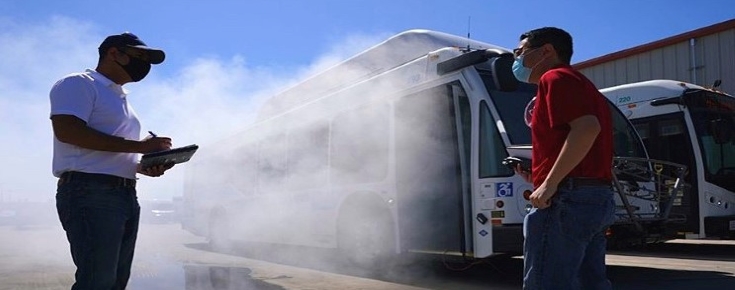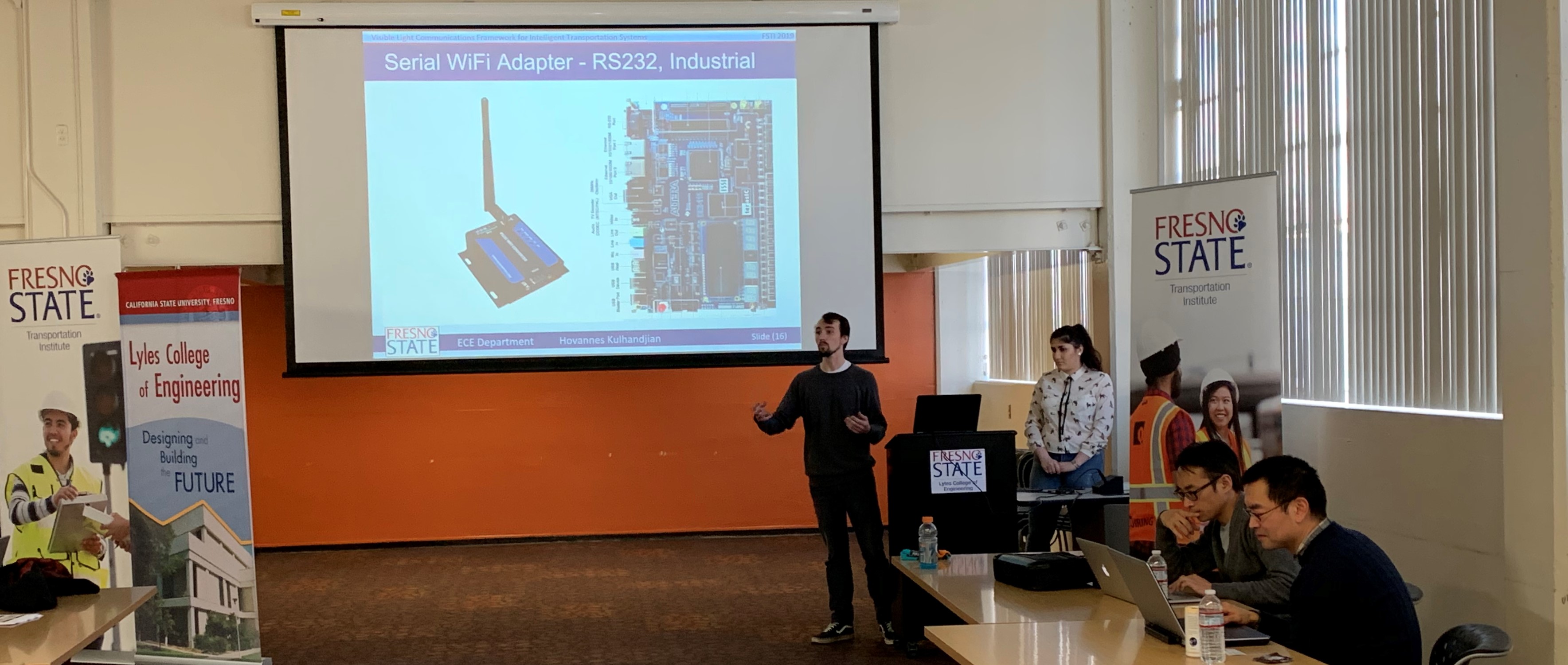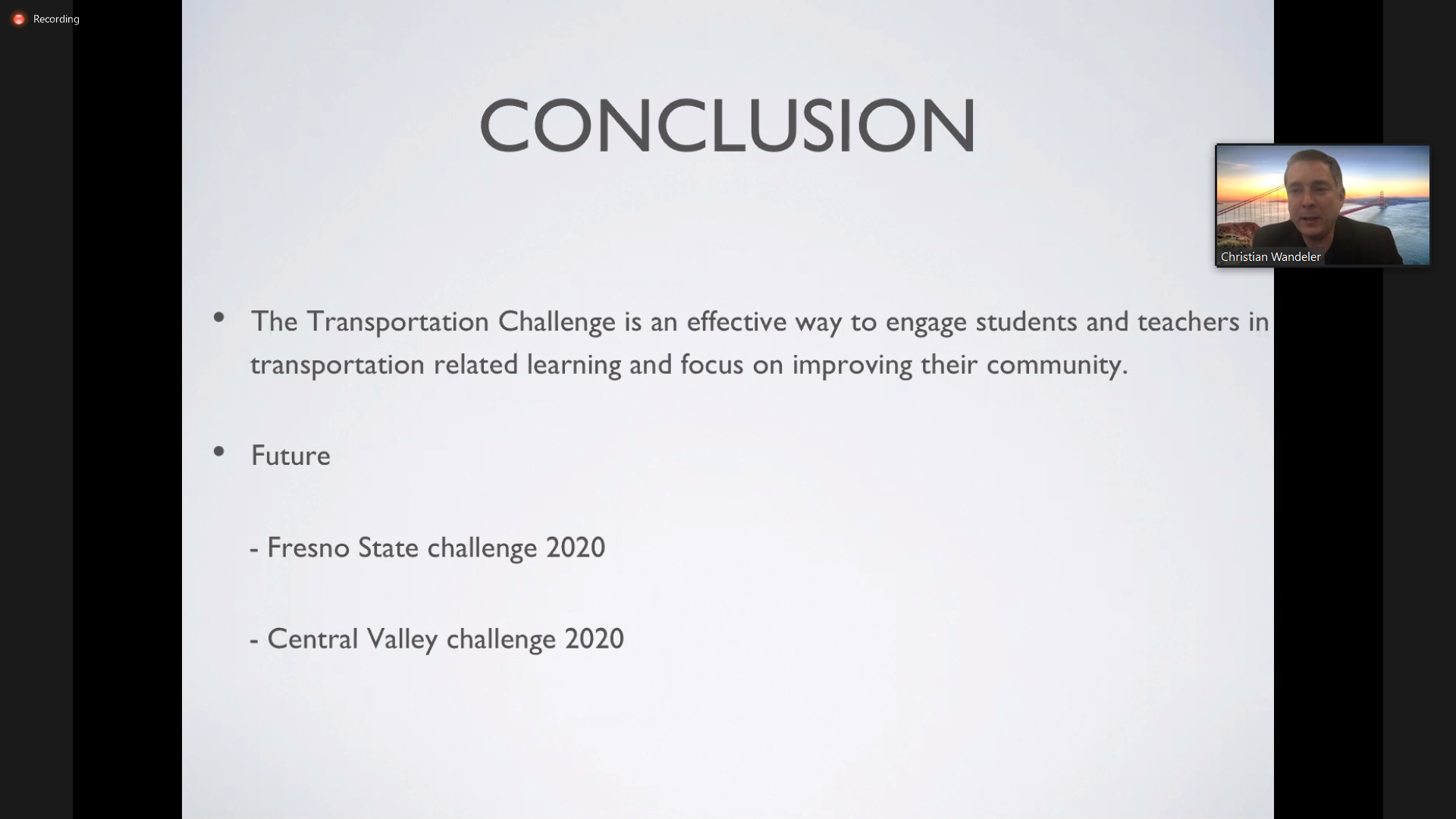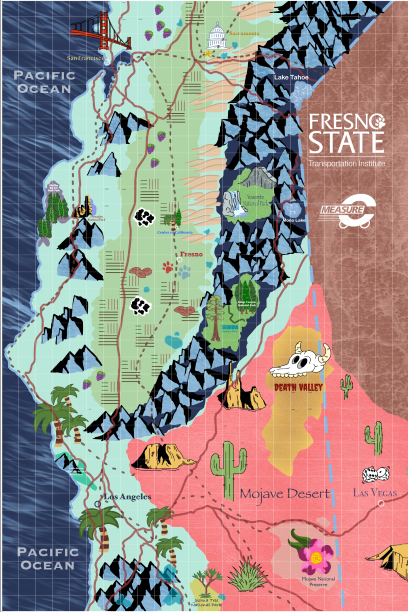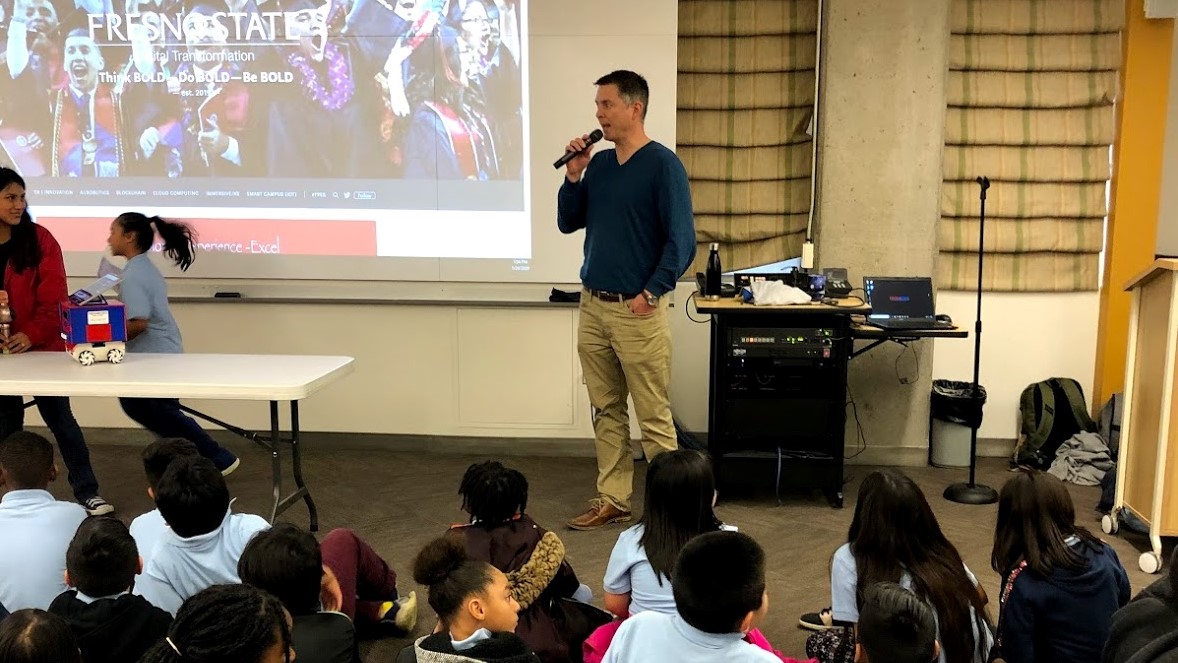COVID-19 has changed the world and our lives dramatically. Unfortunately, it also appears that this situation will likely continue for at least another year. As states and governments in the US and around the globe start easing up the different shelter-in-place policies, life is expected to slowly return to some level of normalcy. People around the globe will start going back to work and catching up on delayed errands and obligations. People will start sharing tight spaces on limited capacity public transportation modes such as busses, metros, trains and planes. Potential infections on these modes could be concerningly high, and rightfully so. Social distancing policies may not be sufficient on public transportation modes, since HVAC systems are likely to just redistribute the air and air-borne virus throughout the entire cabin, risking the health of both drivers and passengers. Accordingly, this study aims to understand air circulation patterns inside the cabins of busses, as well as test the impact of different approaches in mitigating potential virus circulation and infection.
Many devices, metrics and experiments are utilized and implemented to understand and quantify both air circulation as well as virus mitigation inside the bus. Some of the devices and metrics that are adopted include smoke candles; videotaping; air speed; temperature, relative humidity and CO distributions; pressure differentials; particle counts; 3D numerical simulation models, and virus numbers and their infectious abilities. Two different prokaryotic viruses are utilized: MS2 and T7. And, different approaches are implemented to evaluate the potential of mitigating COVID-19 infections in public transportation modes; e.g. positive pressure environment inside the cabin, HEPA filters (with MERV rating above 15), concentrated UV exposure with charged carbon filters in the HVAC systems, center point photocatalytic oxidation technology, and surface antiviral agents. Additionally, these different experiments are implemented under different vehicle conditions, e.g. stationary, in motion, with doors open and shut, with driver and passengers windows open and shut, and with HVAC in cooling and heating operations. Furthermore, these experiments are conducted on different vehicles, with different sizes and with different HVAC configurations. Results of this study could be significantly valuable and directly lead to improved protection of passengers and drivers on public transportation modes against all forms of air-borne viruses both locally as well as across the entire globe. For more information, please click here.
